Introducing the remote town of White Cliffs, New South Wales. Population: 103. Reaching average daily temperature of 35 degrees in the summertime, the residents of this obscure community have taken to living underground in order to beat the heat.
Photographer Harleigh English became fascinated with this outback town, making the trip there to document its inhabitants with lens and paper.
What were they doing in this place, almost unliveable? We spoke to Harleigh post-trip to find out more.
This article appears in print in Happy Mag Issue 13. Pre-order your copy here.

What drives a person to live underground in one of the most remote locations on earth? Harleigh English takes a lens to the enigmatic NSW town of White Cliffs.
HAPPY: Can you tell us a little about White Cliffs?
HARLEIGH: White Cliffs is a small opal mining town in outback NSW in the Central Darling Shire. The land looks like some type of moonscape from dug-up earth and scattered backyard opal mines. I think it only has a population of about 103 people, and majority of these people live underground in order to escape the heat.

HAPPY: What exactly drew you there?
HARLEIGH: I think there is a certain allure when it comes to the outback, and it’s an area I’ve never really explored myself, only going as far west as Orange or Canowindra. Because of all this land I hadn’t yet tapped into I decided to make a series on it, as it encompasses a lot of the themes I tend to work with. So when I started researching I found out about this town and thought it sounded like a childhood dream, to live underground and to escape from all of these people, so I packed up a bunch of stuff in my car and set out by myself.

HAPPY: Tell us about one or two people you met while you were there.
HARLEIGH: Because I was only there for one night I tried to fit in as much as possible, so I met the ‘mayor’ of White Cliffs, Dick Wagner. He was a super interesting person, he invited me into his dug-out and had endless stories to tell about the community and camaraderie of the place. I also talked to the owner of the Underground Motel, which was like a labyrinth of corridors and rooms you needed a map to get around in.
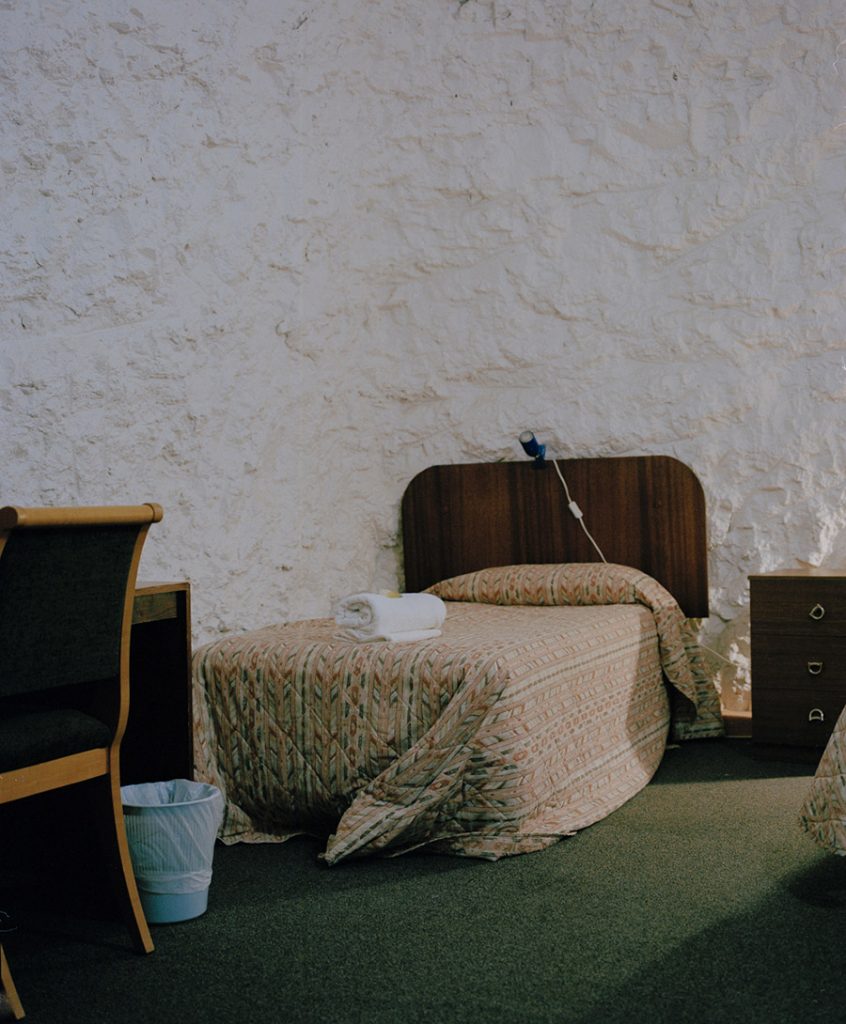
HAPPY: Why do you think these people chose to live at White Cliffs?
HARLEIGH: I think because they really confide in their solitude, in a time where people crave that connection to others and technology, they step back from it all and choose what they want to bring with them. To me, living underground is the epitome of running away or escaping, and with the nearest town being three hours away you get a big sense of that. But they seem really content with that lifestyle, and find a lot of their connection with the other residents.

HAPPY: Were you trying to escape yourself, visiting this place?
HARLEIGH: In a sense, yes. I was starting to grow tired of the metro area I live in, this hustle and bustle and overbearingness. So the trip was on a larger spectrum for my honours work as well as for myself, I wanted to put myself in an uncomfortable position to challenge the way I work and how I approach people. White Cliffs was the first point of that trip and it resonated strongly with me.

HAPPY: What did you shoot on?
HARLEIGH: I photographed on a DSLR, 35mm and medium format film.
HAPPY: Why film?
HARLEIGH: Because I think it’s the best at telling stories, for the patience it forces on the photographer, it makes you wait and allows you to choose the best moment to take that photo. The colours and quality are also of the best standard.

HAPPY: Why did you feel you needed the letters to complete the series?
HARLEIGH: I think it was important to get a handwritten letter from these people to better understand why they live in an area in the middle of nowhere and underground. It adds that warmth and further insight into a story that photography sometimes can’t reach.
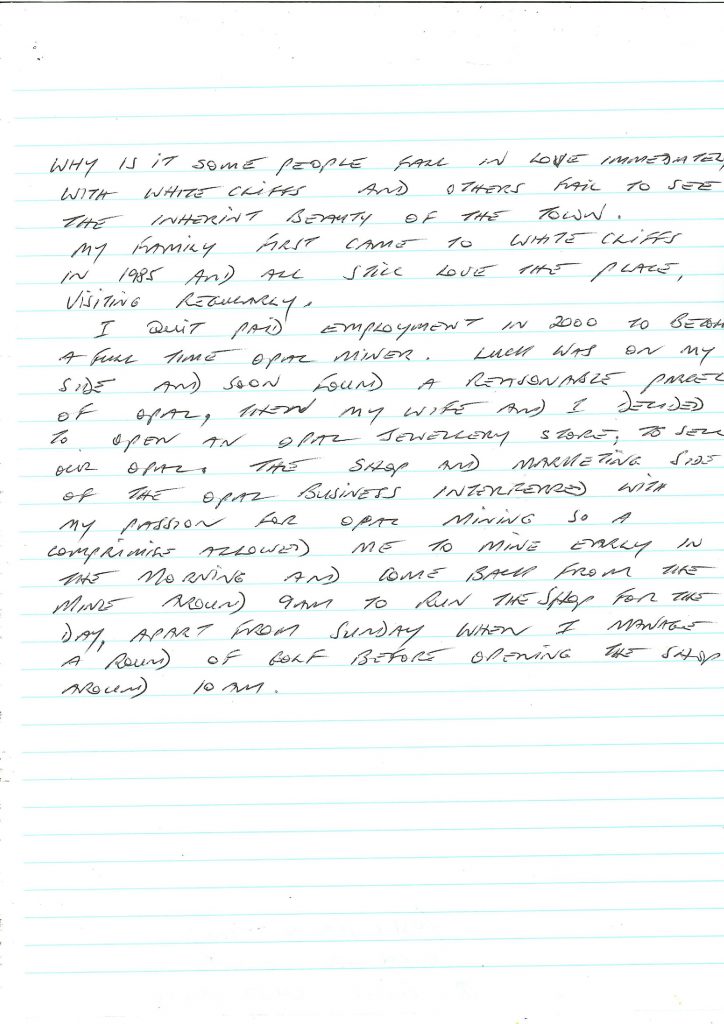

HAPPY: Were any of the White Cliffs residents skeptical about writing them for you?
HARLEIGH: Not particularly, at least I don’t think so. I would talk with them for about an hour or so and would explain to them my project, so I think when they understood the full scope they didn’t seem to mind. You’ll be surprised about how much a stranger will tell you if you ask.
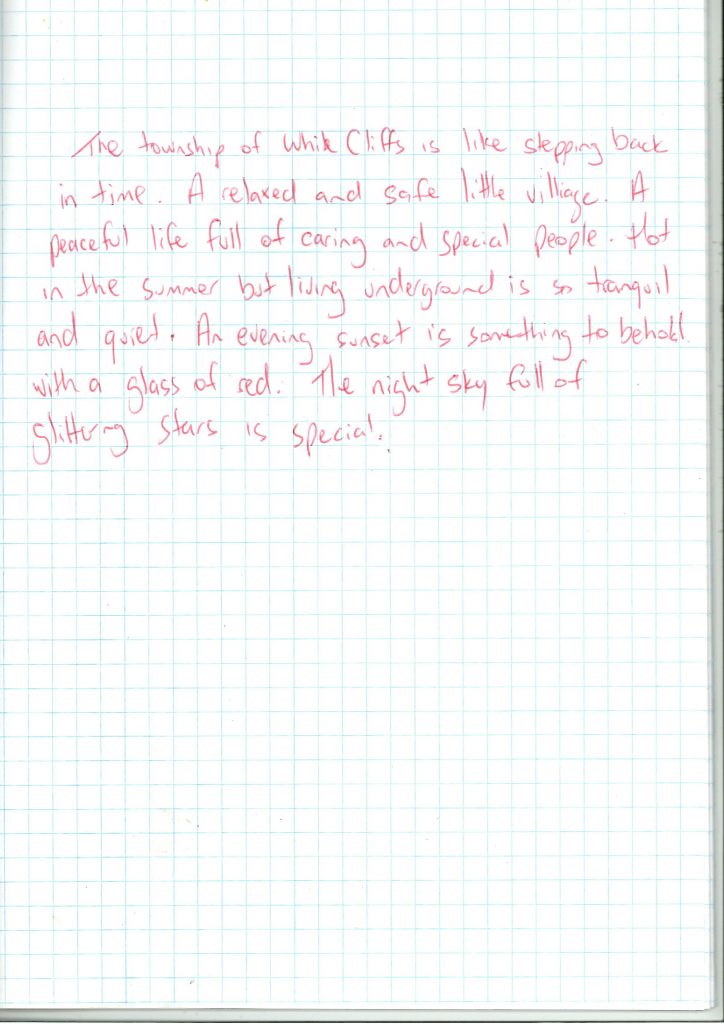

HAPPY: Did you ever feel like an outsider in White Cliffs?
HARLEIGH: Yes. I think it was important for me to understand my role as an outsider, as welcoming as White Cliffs can be I am ultimately a person from a metro area coming into a town in the middle of the outback and trying to understand their lifestyle. So I had to think about using my work as a context in which to experiment and learn about engaging with a ‘community’, as broad and categorical that term may be. And so it might’ve changed if I stayed there for longer, but I think my role as an outsider was integral at White Cliffs and the project as a whole.








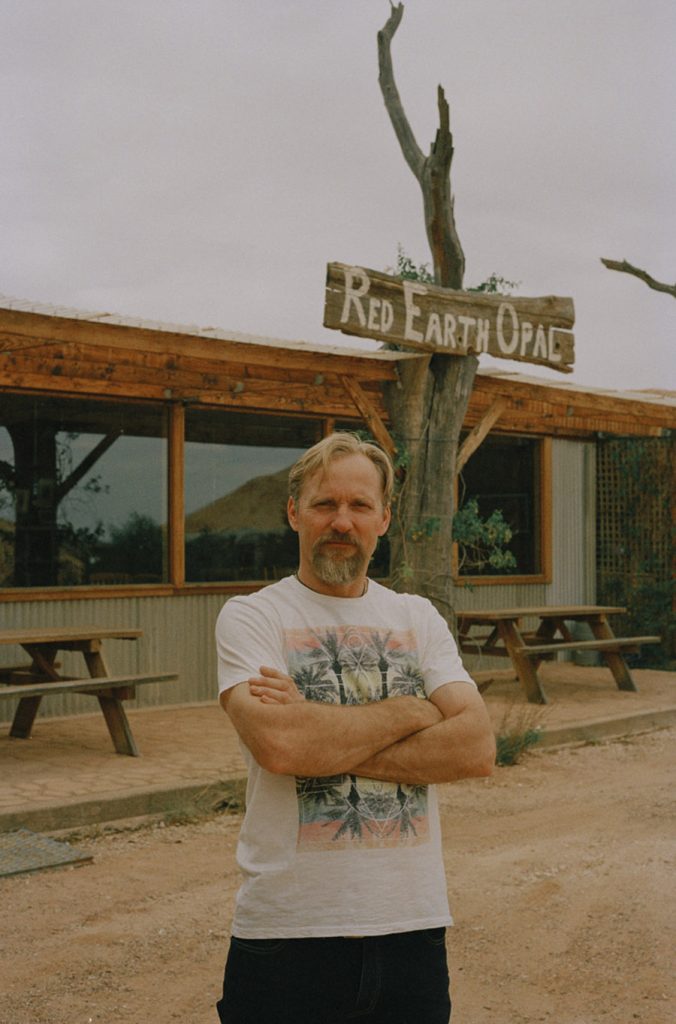


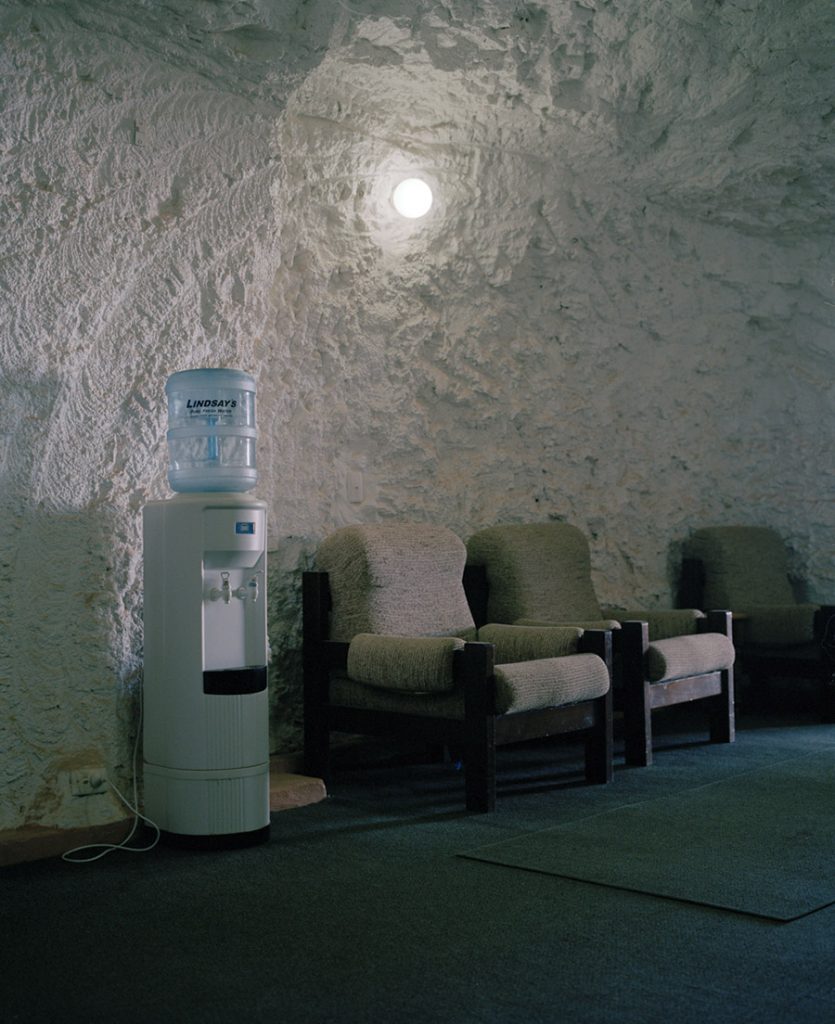
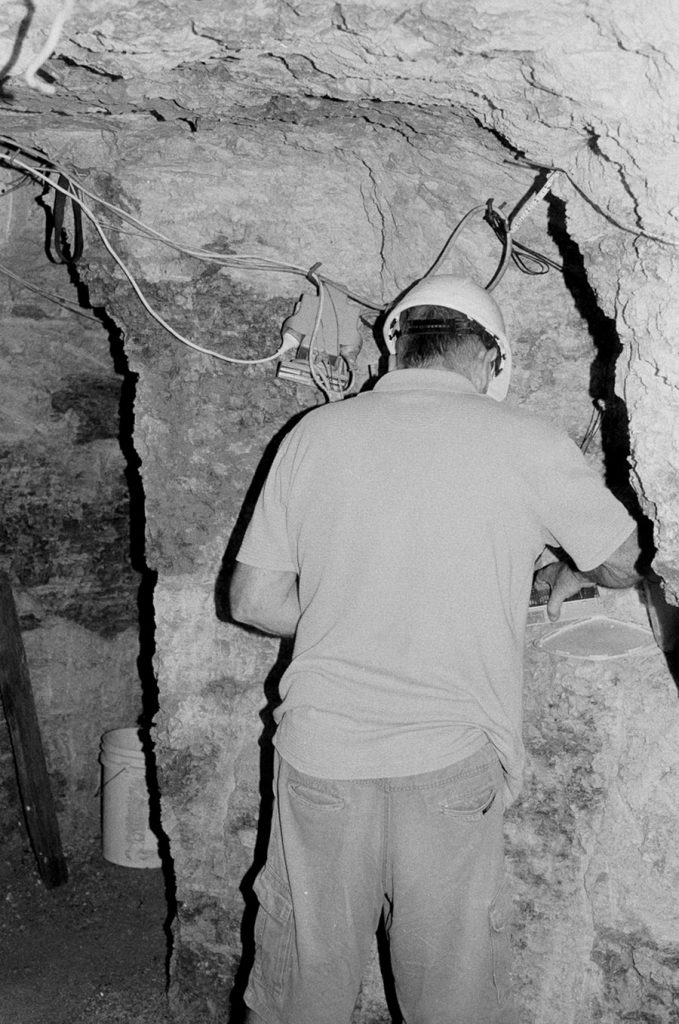

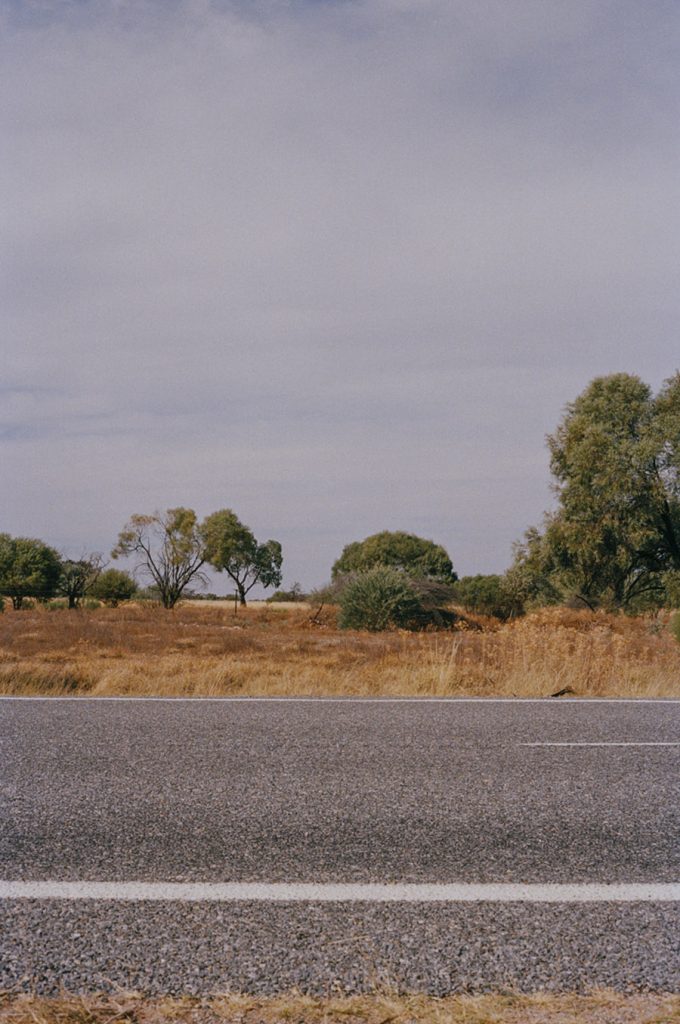



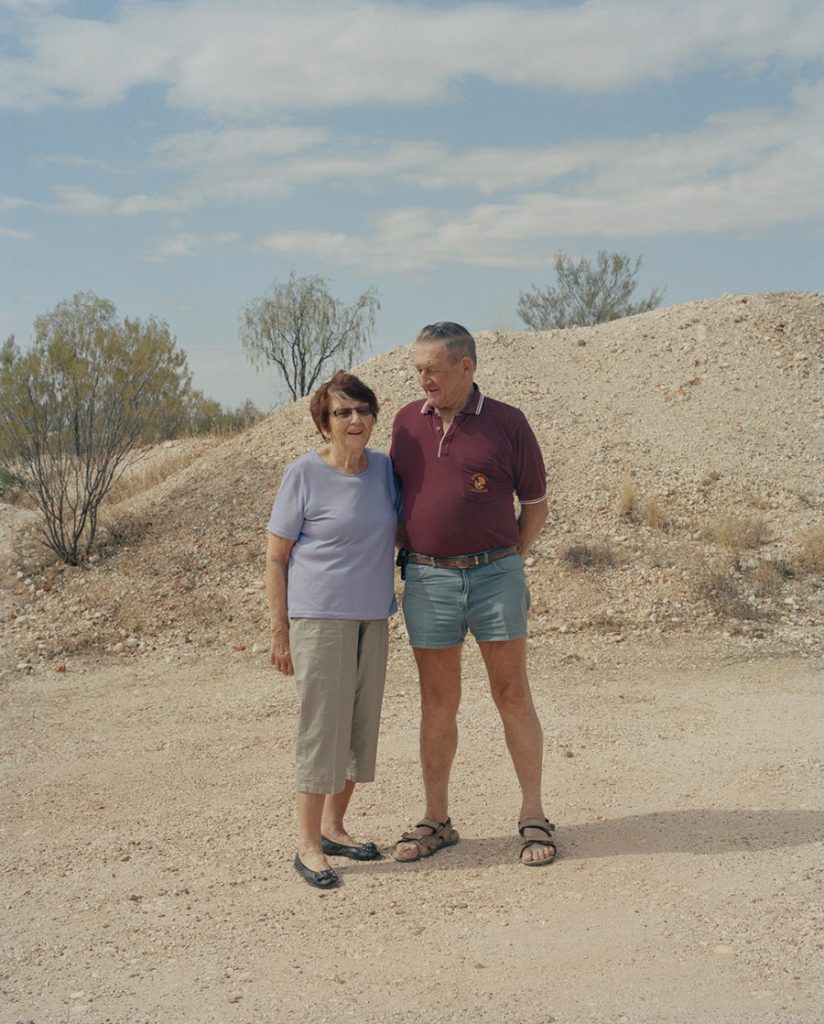

Follow Harleigh on Instagram here.



